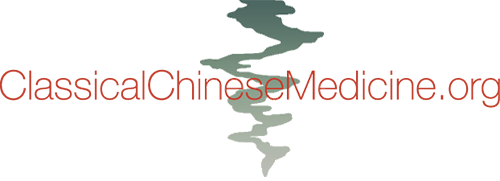Please select one of the many topics for exploration: Classical Chinese Medicine, Translations, Clinical Information, or the Science of Symbols.
Philosophical and Cosmological Texts From the Formative Period of Chinese Medicine (The Han and Pre-Han Periods of Chinese Antiquity)
COMPILED BY HEINER FRUEHAUF
Chinese medicine is a microcosmic branch of ancient Chinese philosophy and cosmology. The better one understands the philosophical foundations of Chinese medicine, the deeper one’s knowledge of its core concepts and terminology can be. Theories such as yin and yang, the five phase elements, the hierarchical relationship between matter, energy, and consciousness, the supremacy of spirit, and the twelve organ networks were first mentioned in the Daoist and Confucian classics of the Han and Pre-Han periods of Chinese antiquity (fl. 700 BC - 200 AD) before they appeared in the keystone works of Chinese medicine. The following represents a comprehensive list of relevant philosophical, scientific, and literary works from the formative period of Chinese medicine in English translation.
